African Americans who migrated from the South to Chicago in 1918. Photo: Getty Images/Chicago History Museum
African Americans who migrated from the South to Chicago in 1918. Photo: Getty Images/Chicago History Museum
http://www.jeffersonpolicyjournal.com/?p=2823
African Americans who migrated from the South to Chicago in 1918. Photo: Getty Images/Chicago History Museum
http://pragmaticobotsunite.com/monday-open-thread-the-great-migration/
Map Showing Ethnic Neighborhoods of Chicago
Ethnography focusses on the customs of particular tribes or peoples. Ethnographers are generally anthropologists well- trained in the use of elementary mapping and linguistic principles. This ethnographic map of 1926 Chicago shows the communities of different ethnic groups, including blacks.
The Social Base Map of Chicago: Showing Industrial Areas, Parks, Transportation and Language Groups, Illinois, Chicago (city) Ethnography, 1926 University of Chicago Local Community Research Committee Chicago: The University of Chicago, 1926 Map Geography and Map Division (118)
http://www.4uth.gov.ua/usa/english/facts/afrhist/afam011.htm
[Letter from Mrs. J. H Adams, Macon, Georgia, to the Bethlehem Baptist Association in Chicago, Illinois,] 1918 Holograph Carter G. Woodson Papers Manuscript Division (119)
[Letter from Cleveland Galliard of Mobile, Alabama, to the Bethlehem Baptist Association, Chicago, Illinois,] 1917 Holograph Carter G. Woodson Papers Manuscript Division (120)
The Chicago Defender and Black Migrants from the South
The Chicago Defender was a remarkably successful in encouraging blacks to migrate from the South to Chicago, often listing names of churches and other organizations to whom they could write for help. As a result, thousands of prospective migrants wrote letters to black churches, such as the Bethlehem Baptist Association in Chicago, Illinois, which assumed the task of helping black migrants find housing and employment. They also helped migrants to adjust to their new environment.
http://www.4uth.gov.ua/usa/english/facts/afrhist/afam011.htm
Black-Owned Restaurant
Many of the black migrants who came to Chicago between 1910 and 1930 started businesses and became entrepreneurs. The “Perfect Eat” Shop, a restaurant on 47th street near South Park, is an example of such a business. It was owned by Ernest Morris, seen standing in the rear of the restaurant.
The Perfect Eat Shop, a restaurant on 47th street near South Park, owned by Mr. Ernest Morris, Chicago, Illinois, April 1942 Jack Delano, Photographer FSA-OWI Collection Prints and Photographs Division (125)
http://www.4uth.gov.ua/usa/english/facts/afrhist/afam011.htm
Apartment Building in Chicago’s “Black Belt”
Chicago’s South Side “black belt” contained zones related to economic status. The poorest blacks lived in the northernmost, oldest section of the black belt, while the elite resided in the southernmost section.
Apartment building in a black section of Chicago, Illinois, April 1941 Russell Lee, Photographer Gelatin-silver print FSA-OWI Collection Prints and Photographs Division (126)
http://www.4uth.gov.ua/usa/english/facts/afrhist/afam011.htm
King Cotton
- Digital ID: (digital file from intermediary roll film copy) pan 6a36702 http://hdl.loc.gov/loc.pnp/pan.6a36702
- Reproduction Number: LC-DIG-ds-04384 (digital file from original item) LC-USZ62-51248 (b&w film copy neg.)
- Repository: Library of Congress Prints and Photographs Division Washington, D.C. 20540 USA http://hdl.loc.gov/loc.pnp/pp.print
http://www.loc.gov/pictures/resource/pan.6a36702/?co=pan
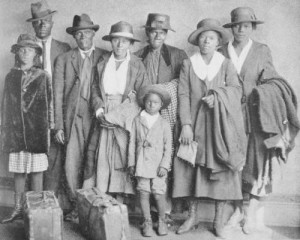

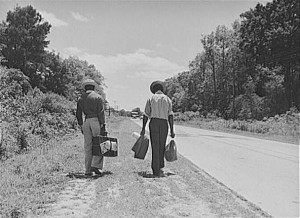

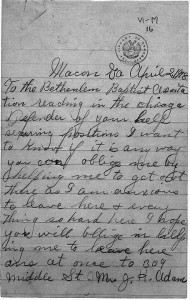
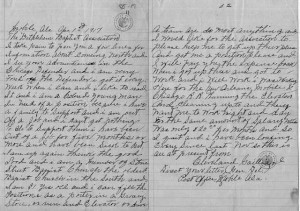
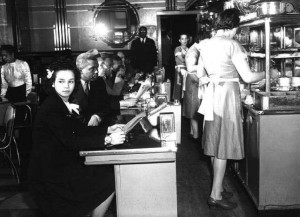
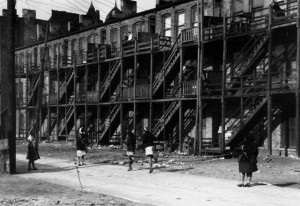

Leave a Reply
You must be logged in to post a comment.